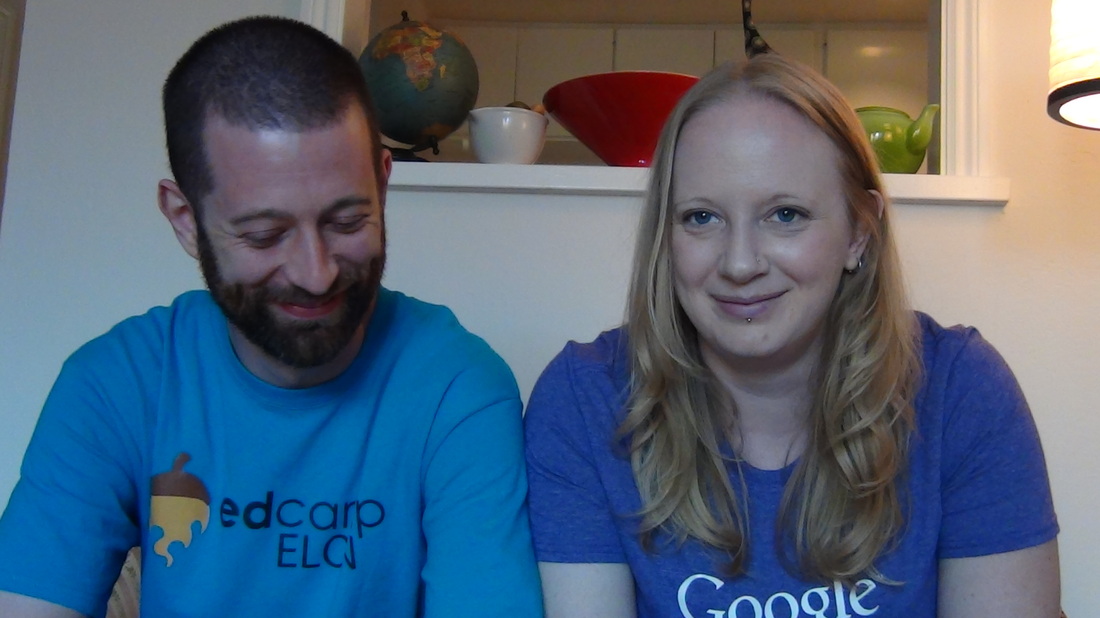Fast forward a few hundred years. How different is our system now? Teacher at the front. Discipline for any student not exhibiting perfect behaviour. Performance measured individually, from memory, in silence.
We are also raised to value this kind of individualism: the American Dream is the pinnacle of individualism. We want to succeed, make ourselves look good, and show that we did it All On Our Own.
And so, as teachers, we continue in that model. We build a classroom where we treat our students as individuals. We focus on doing our personal best, and helping our students do their personal best.
We are doing it wrong.
In the flipped learning world, many teachers focus on the idea of students having individualised plans. We encourage them to learn via video in isolation, then return to class to display that knowledge individually. We have group tasks, like discussions and laboratory assignments, but students are still expected to display mastery individually. We want every student to be reached at his or her own level, and then get the resources to move up to the next level. We even move our classes to be self-paced, so there is even more opportunity for them to be individuals.
When Andrew and I started the year, that was our goal: a classroom of self-paced students, working at their level to meet their individual needs.
A few weeks into it, we realised that it wasn't working. We didn't know our students, and they didn't know each other. They were working, but without passion or urgency or a sense of community. They didn't understand WHY we wanted them to do what they were doing.
And we were pretty unhappy too. Collaboration had changed our practice, yet we were not giving our students the same opportunity. The best teachers we had in high school, and the best professors in college, were the ones who engaged us in discussion, encouraged us to collaborate on projects, and shared themselves with us. But we had stripped all of that out of our classroom.
So we backed away from self-pacing and started intentionally building community and creating opportunities for collaboration. Because it was all-new curriculum to us, we didn't have it planned far enough in advance to pull off any form of self-pacing, so we made sure there were opportunities for differentiation within our lessons.
So we transitioned to a far more collaborative environment, but one that allowed for individualised instruction when and where needed. An environment that allowed for students to talk, interact, build trust, and work together. Just as Andrew and I had done all summer.
There are days where I question if what I'm doing deserves to be called "flipped." We don't use video regularly. We don't assign homework. We don't even have lecture really. So if you define "flipped learning" as "Students watch videos of lectures at home as homework, then do what would have been homework in class" we aren't flipped. However, that's not how most of us in the flipped learning community define flipped learning. It's not the core of what the flip is all about.
And maybe that's because it looks different for all of us. You can't define something for which the primary goal is to tailor our curriculum to individual student needs.
But we have to be really careful. Teaching a class that veers towards independent study (as ours did) robs students of one of the real gems of having them together - the collaboration that is possible. We need to redefine learning as something that happens in community, not in isolation.
We need teachers who will lead the way in that - not just in running a classroom built on community, but modelling that kind of collaboration in their own lives. Instead of having our own individual kingdoms, and shutting our doors to protect ourselves from invaders, we need to embrace the vulnerability, lower the cannons, and let people - the right people - in.
We have to redefine what it means to be a teacher, what it means to be a student, and what it means to be a community. Learning is not an individual act. It's a community process. We learn by talking, we learn by doing, and we learn by creating. And all of those things work better when we aren't doing them alone.
When we stop acting as individuals, and act in the interest of our community.
The future of flipped learning is not about individualising education, although that will happen. The future of flipped learning is not about creating excellent videos with instruction to replace whole-class lecture, although that is a positive step for most teachers who once relied on class time being mostly direct instruction.
No - the future of flipped learning is about collaboration. The sooner we open our doors to other teachers (even ones not at our school, as Andrew and I have done) and we open the metaphorical doors to collaborative learning opportunities, the sooner our classrooms will be the ideal place for our students to get both individualised instruction, AND communal practice.
Teaching is exhausting, isolating, and difficult. Teaching a flipped class is even more exhausting, isolating, and difficult.
Unless we find collaborators, there is no way to survive the challenge we face: students who struggle with learning a different way, colleagues who question if what we're doing is the right thing, and anonymous attackers on the internet who refuse to understand us, or what we stand for. Unless we find people who will support us, encourage us, plan with us, challenge us, and help us be better than we are, we will burn out. We will fail.
We need each other. We need community. And we need to stand together.
Or we will all die alone. And if we die, the transformative power of flipped learning dies with us.


 RSS Feed
RSS Feed
